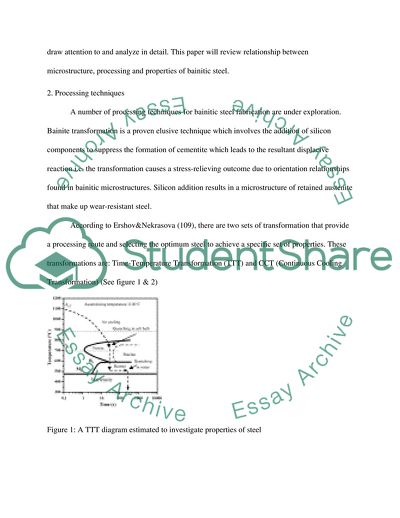Cite this document
(Processing-Microstructure-Property Relationships in Materials Coursework Example | Topics and Well Written Essays - 1750 words, n.d.)
Processing-Microstructure-Property Relationships in Materials Coursework Example | Topics and Well Written Essays - 1750 words. https://studentshare.org/engineering-and-construction/1767806-processing-microstructure-property-relationships-in-materials
Processing-Microstructure-Property Relationships in Materials Coursework Example | Topics and Well Written Essays - 1750 words. https://studentshare.org/engineering-and-construction/1767806-processing-microstructure-property-relationships-in-materials
(Processing-Microstructure-Property Relationships in Materials Coursework Example | Topics and Well Written Essays - 1750 Words)
Processing-Microstructure-Property Relationships in Materials Coursework Example | Topics and Well Written Essays - 1750 Words. https://studentshare.org/engineering-and-construction/1767806-processing-microstructure-property-relationships-in-materials.
Processing-Microstructure-Property Relationships in Materials Coursework Example | Topics and Well Written Essays - 1750 Words. https://studentshare.org/engineering-and-construction/1767806-processing-microstructure-property-relationships-in-materials.
“Processing-Microstructure-Property Relationships in Materials Coursework Example | Topics and Well Written Essays - 1750 Words”. https://studentshare.org/engineering-and-construction/1767806-processing-microstructure-property-relationships-in-materials.


